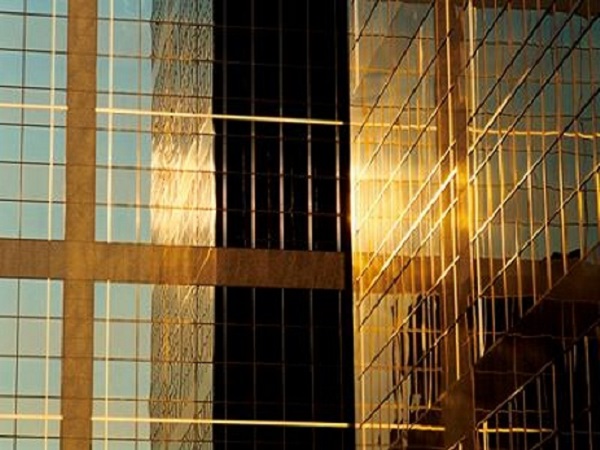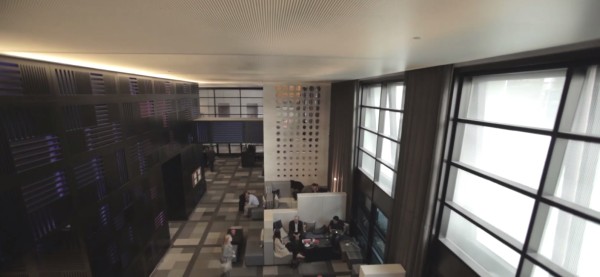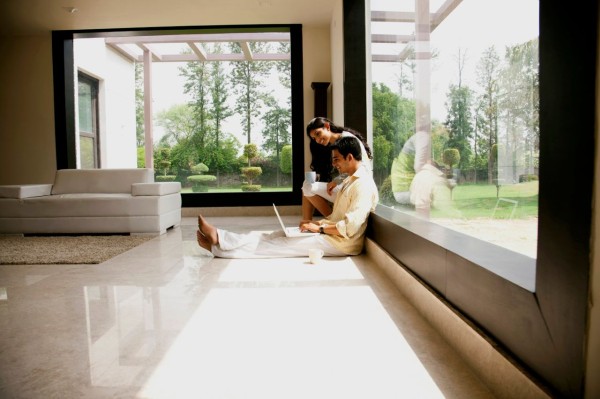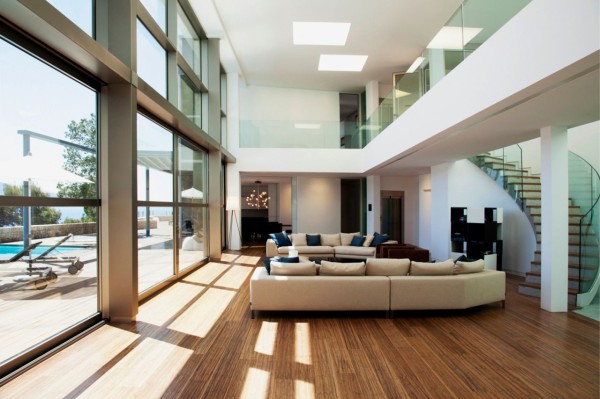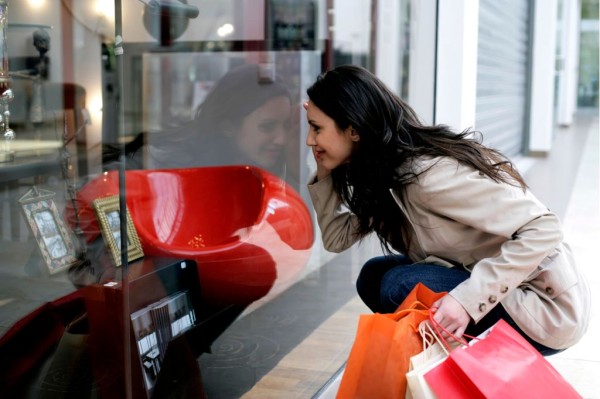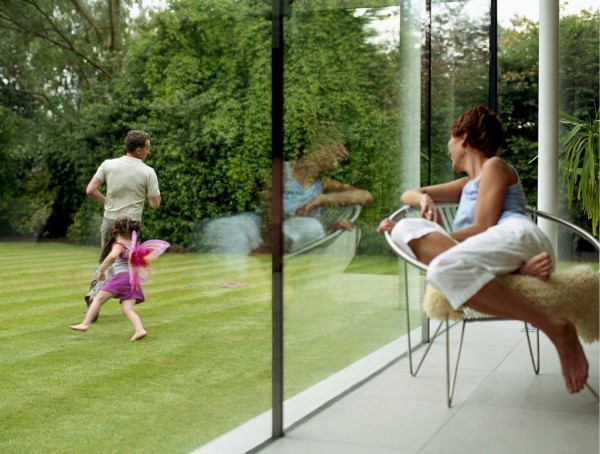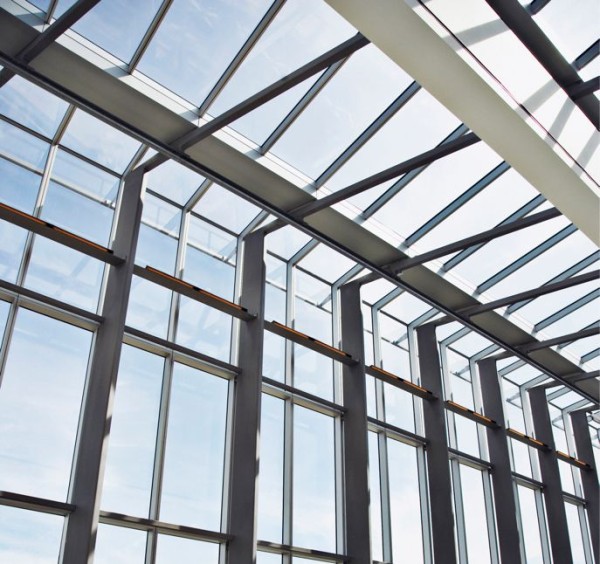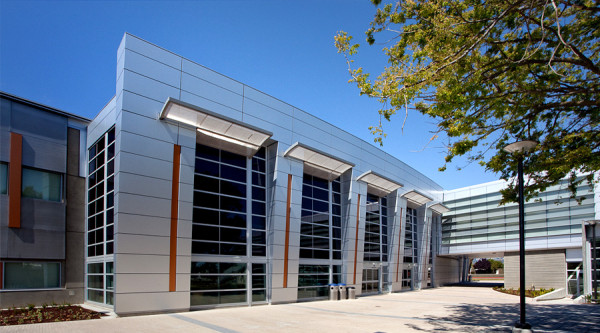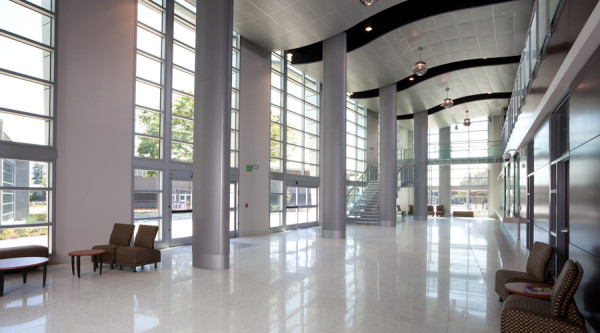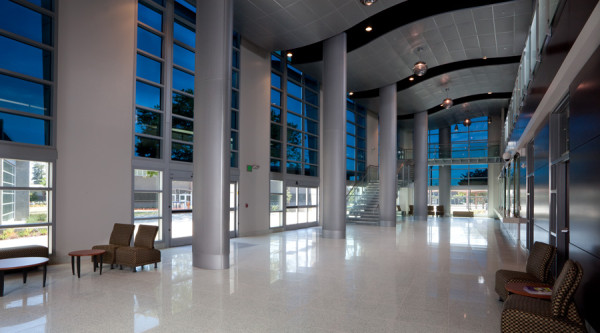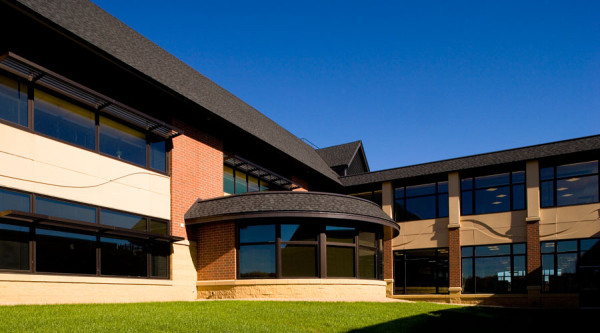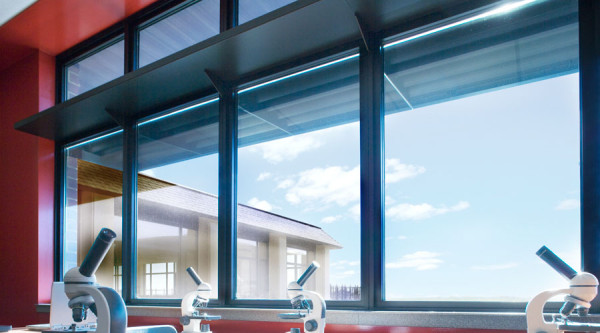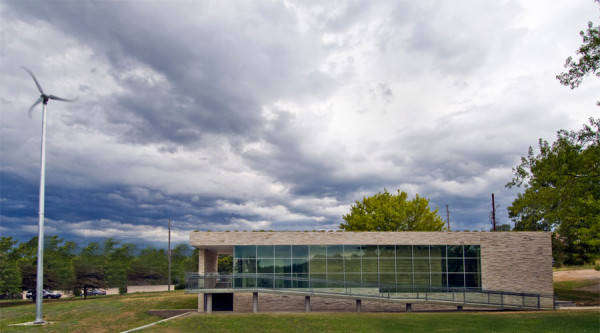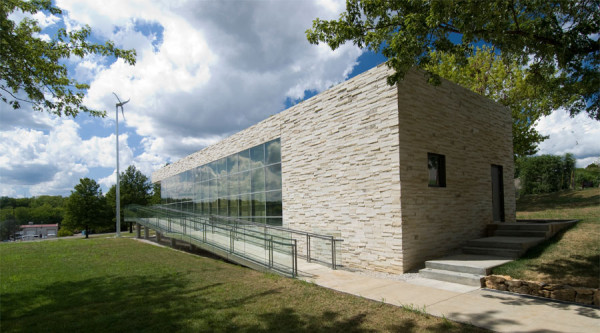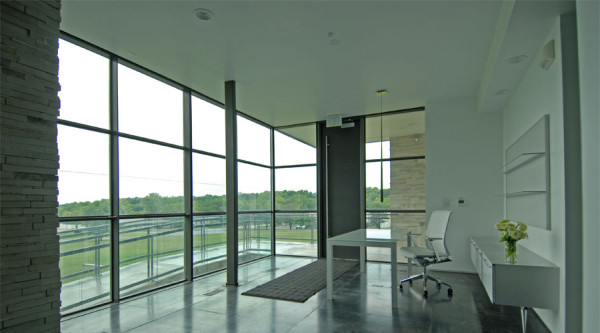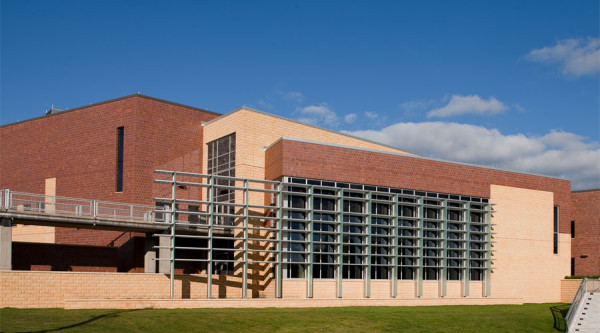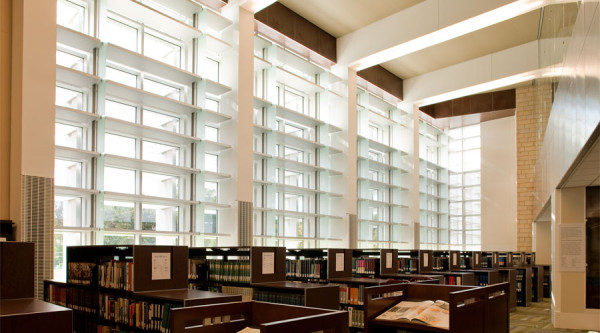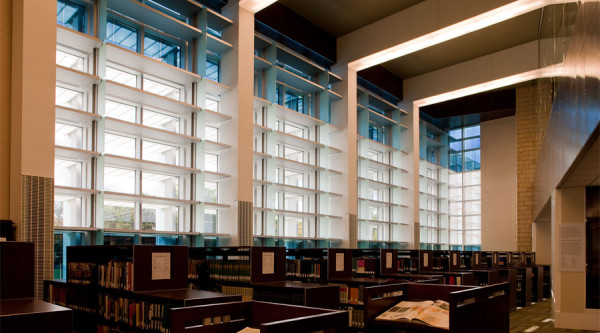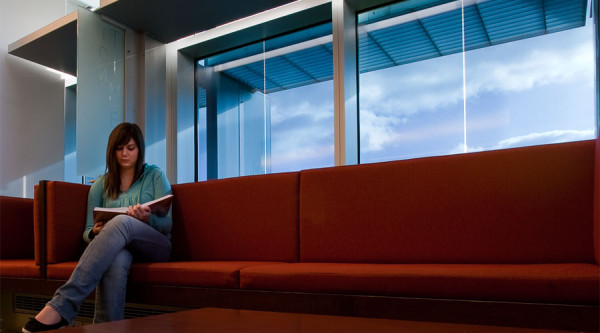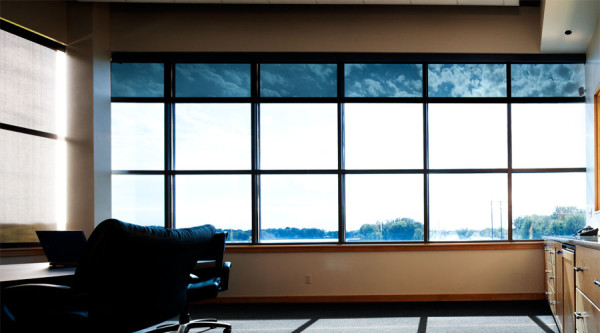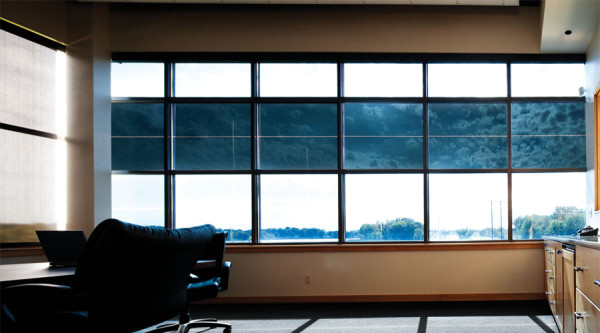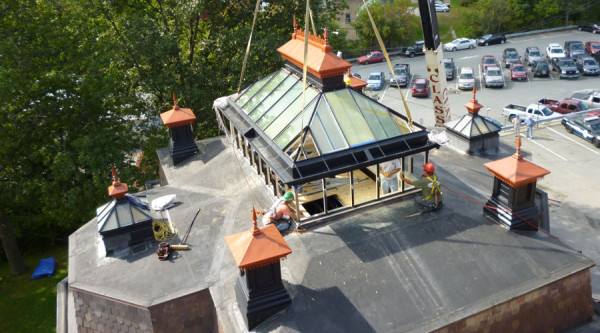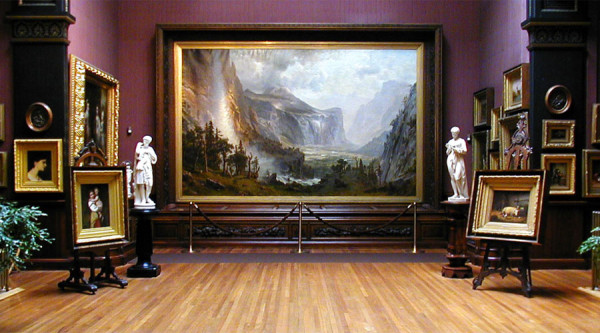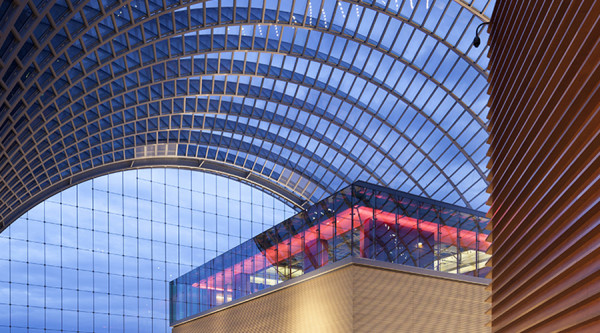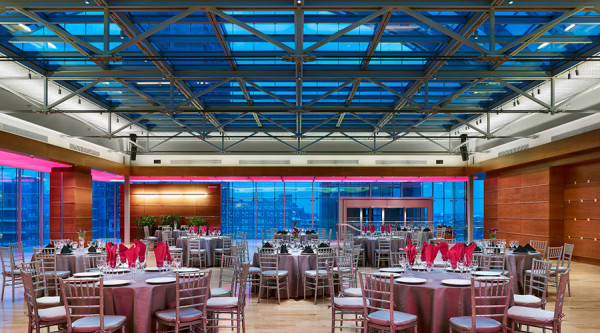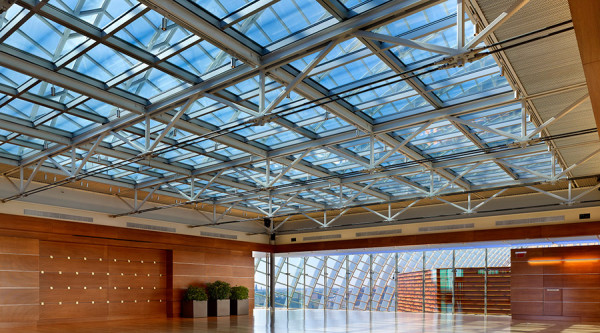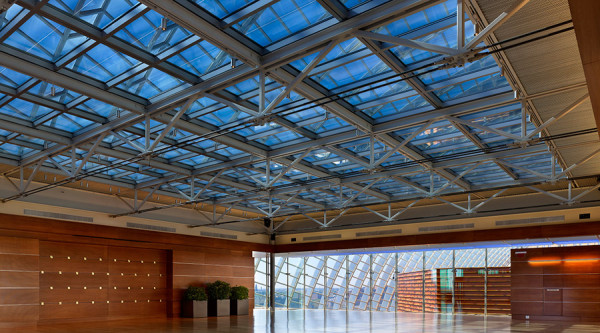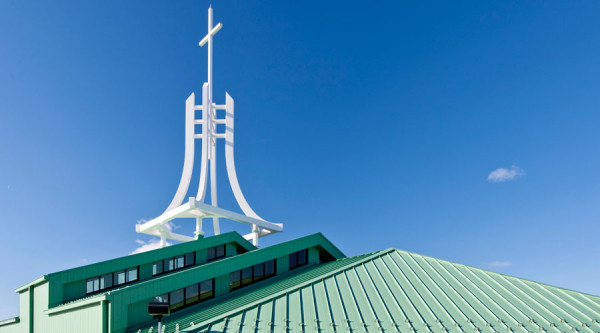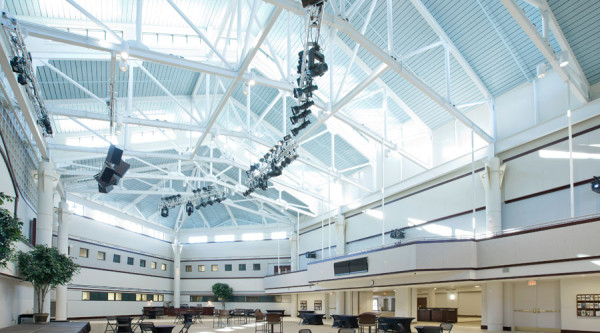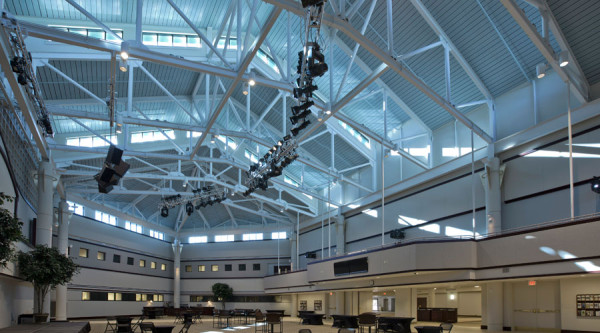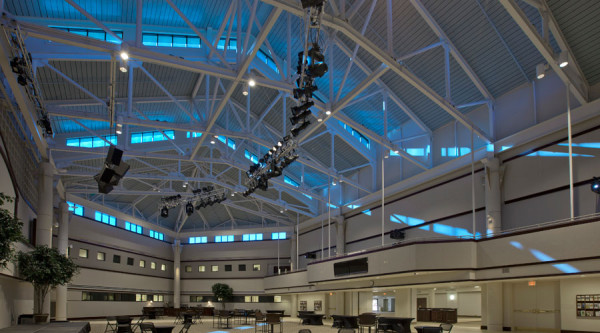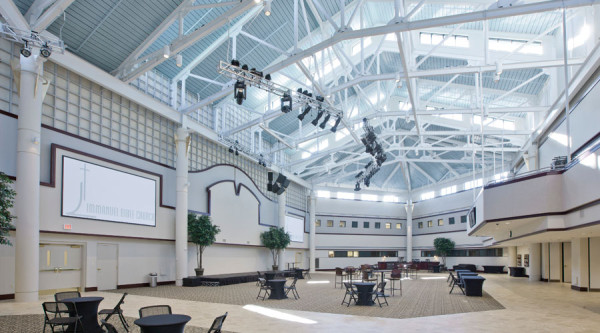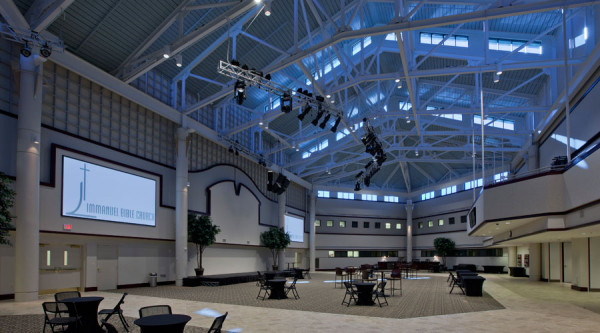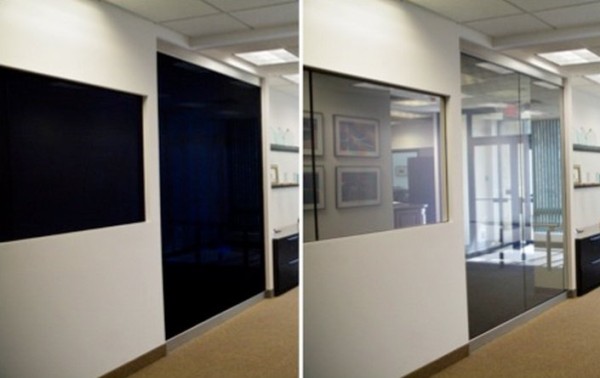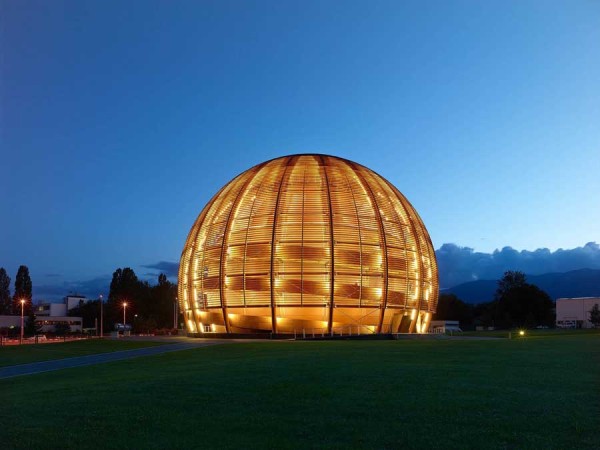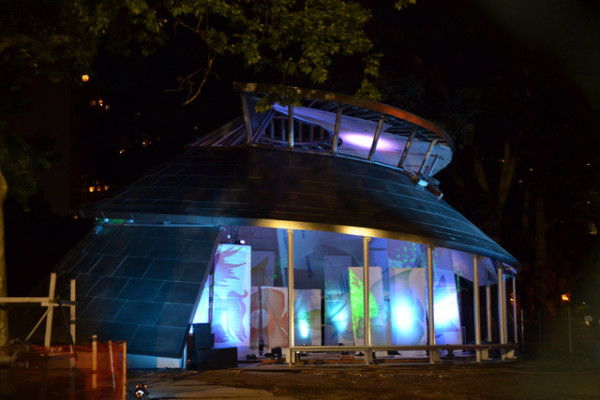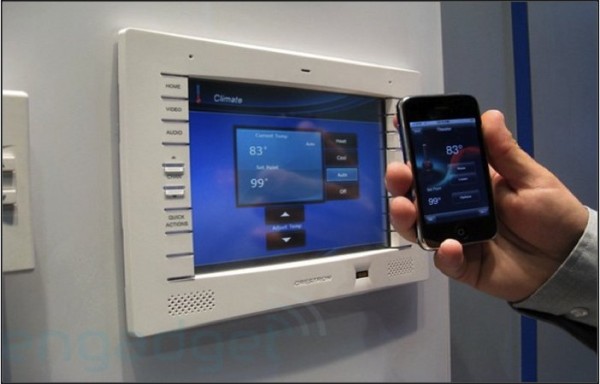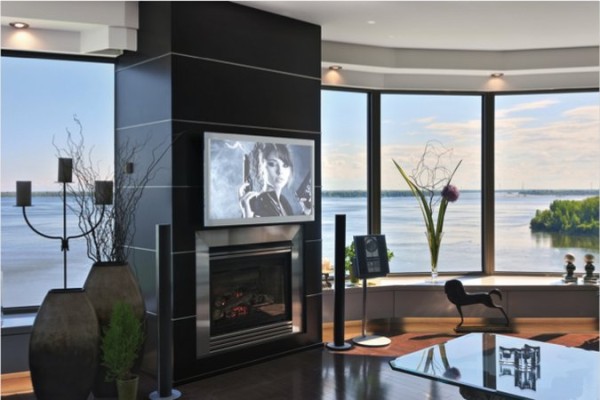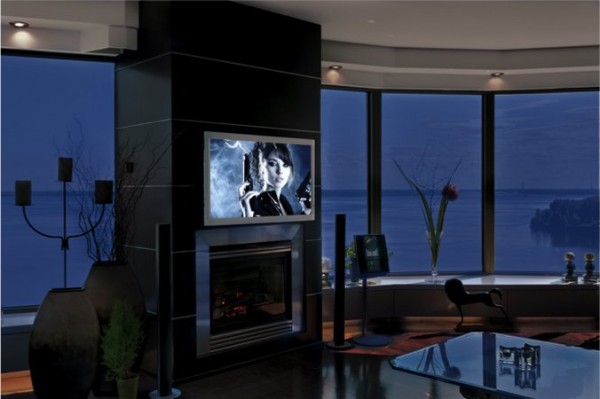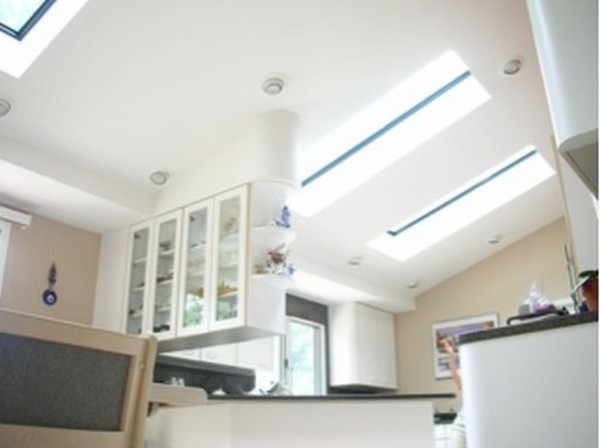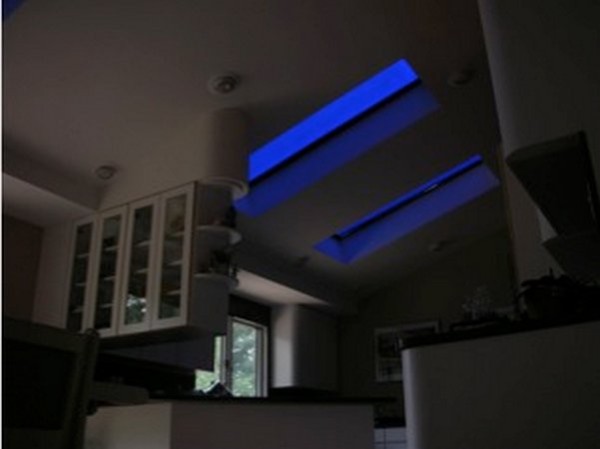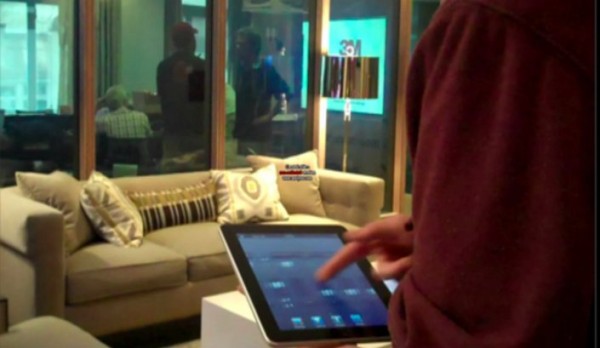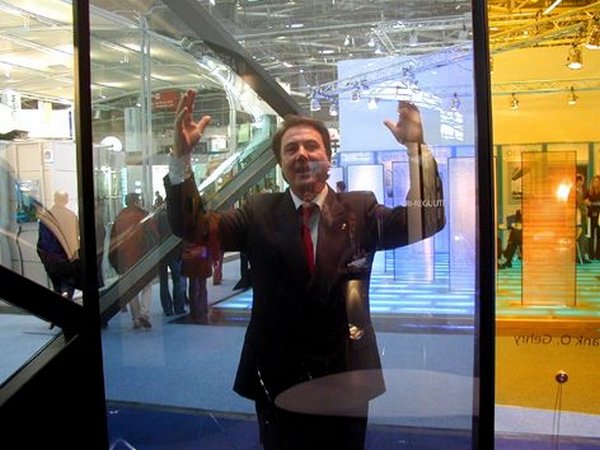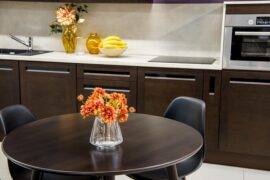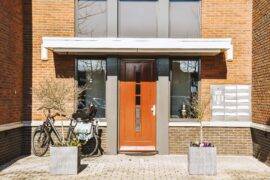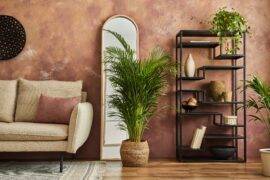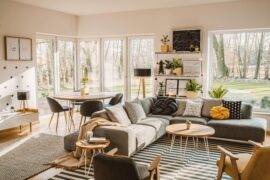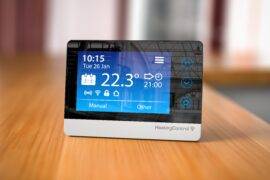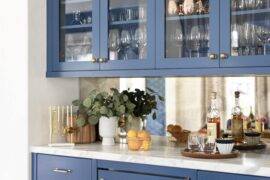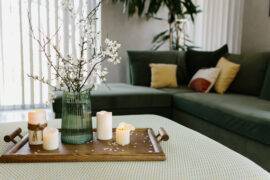The dream of architects around the world is to combine both beauty and practicality into a design. Much of the practical side in today’s building climate is greenness.
We know that most of a building’s thermal energy can be lost through the windows. Solutions such as high tech window film, tinted windows and even automated windows limit energy loss and even add to energy absorption by harnessing the power of the sun.
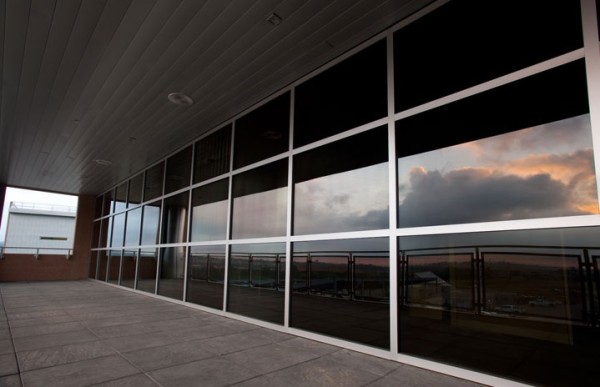
One such solution is a totally automatic window that adjusts itself for whatever weather conditions may be encountered. In short, when the temperature gets warm, the window darkens and reflects the light away from the building. When the temperature gets cold, the window gets lighter and lets the light in, allowing the building to absorb the heat. No external controls or electricity are required.
Automatic Windows
RavenBrick has patented a something they call thermochromic filter technology. This allows the creation of a material that changes its optical properties based on temperature. A very interesting property is the temperature threshold can be set to virtually any threshold point that an architect or a building owner desires.
The thermochromic filter is basically placed in a glass sandwich at the time the glass window is manufactured. The temperature point must be specified before the glass is manufactured. RavenBrick’s ingenuous use of nanotechnology made this technology possible. If you really want to know how it works, DeviceMag has an explanation.
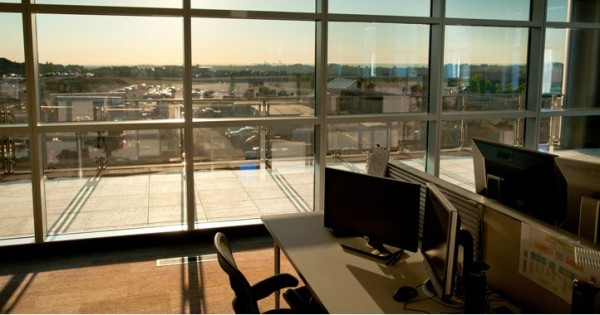
Automated Windows
View has a different approach to allow automatic control of heat loss and gain. Their product, View Dynamic Glass will also control the amount of light transmitted through the windows. Additionally the tint can be controlled.
Controlling the windows
A wall panel will allow you to control all the functions. You can also control the Dynamic Glass through an app on your mobile device or through the internet.
The system also has sensors so the windows can be automatically set up to react to various light conditions. Conserving heat or keeping the place cool without having to manually or remotely adjust the inside environment is possible.
Designers can take advantage of using the adjustable qualities to tweak the appearance of their buildings for the perfect look. We can see how they use the controllability to their advantage in these building pictures.
Adjustments can be controlled throughout the day, maximizing the energy savings.
The comfort of everyone inside is also addressed automatically.
Manual overrides further enhance the performance of the windows for offices and conference rooms. Even classrooms can be made more comfortable and conducive to improved learning.
View Dynamic Glass
LEED certification can be made easier with a View Dynamic Glass system. This can increase the greenness of your building, figuratively and literally.
View has taken its knowledge of the “semiconductor, thin-film solar and flat panel display industries” and combined that technical familiarity with the glass manufacturing processes. The result is a very versatile and green product for designs from the home to grand structures designed to impress the world.
Sage is another company that has developed a smartwindow technology. Their SageGlass product consists of five layers. They take a piece of glass and use nanotechnology to deposit a lot of separate coatings of thin film ceramics that make up the various layers.
Variable control means the smartwindows have many variable tints under your control. Such control is great in educational applications where the rooms’ functions can be changed at will, even many times a day. Chabot College in Hayward, California chose the SageGlass to allow for multifunctional rooms.
Here we see how even the open areas in the college benefit from this smartwindow technology.
Other schools have also benefited from this product.
Naturally, Sage headquarters takes full advantage of their own product. Naturally, the building was designed with plenty of windows.
Take a look at the following sequence of pictures in one of Sage’s conference rooms. Depending on the position of the sun, they can tint just the sections of windows needed to reduce the glare without sacrificing the natural light available. All sections can be darkened if needed for projector presentations.
Priceless art treasures in the St. Joseph Athenaeum are now protected from the damaging sunlight while still providing natural light for the comfort of visitors. The original glass used in the old skylight was replaced with SageGlass.
Speaking of the arts, Philadelphia’s Kimmel Center for the Performing Arts used Sage to control the heat problems with their 150-foot tall curved glass roof. SageGlass is used throughout the huge center spanning a city block. The Dorrance H. Hamilton Garden Terrace room has stunning views while glare and heat are controlled for a comfortable experience.
Medical centers and hospitals benefit from controlling sunlight to their interiors. In fact, the Desert Regional Medical Center in Palm Springs, California was Sage’s first commercial installation with just five windows in an operating room.
The Immanuel Bible Church overflow and meeting center was designed with the SageGlass. Look at the variable control of tinting in this modern architectural design.
Switchable Windows
In some design applications, dark is good. Many times you might wish to make glass totally opaque. On the other hand, maybe you just want an instant sunglass effect similar to turning on and off a light. Yes, these are automated with a computer controller, but are just turned on and off rather than being variable.
Research Frontiers has some smart windows that offer a variety of depth where a trip to the dark side is concerned. They use SPD-Smart Technology to achieve a glass pane that can be controlled with electricity.
SPD-Smart glass is used throughout the world including such notable places as the CERN Globe in Switzerland, the Battery Park Carousel in New York and in the buildings of Indiana University.
Controlling SPD-Smart Technology system
Research Frontier’s SPD-Smart Technology system can be controlled by a stylish wall mount control panel. It can also be accessed through an iPhone app. Control from a tablet is also available.
Let’s say you have a sitting room with a lot of glass to enjoy the wonderful view of the lake. It also happens to be your multimedia room. Watching a movie in the daytime will result in a washed-out picture with all the sunlight and reflections. Just flip a switch and see what a difference a smartwindow can make.
Smartwindow technology can also be used for skylights. After all, a skylight is just a window in the roof, right?
Who says smartwindows have to be limited to the outside of the building? Here you see an office that can get some privacy with a few SPD-Smart Technology windows as interior partitions.
Privacy Concerns?
One interesting thing about Research Frontier’s SPD-Smart Technology is the windows are clear only when electric power is applied. This is a good thing, especially if you are relying on it for privacy. A power failure at a time you were expecting some concealment could prove embarrassing if the window were controlled the other way.
